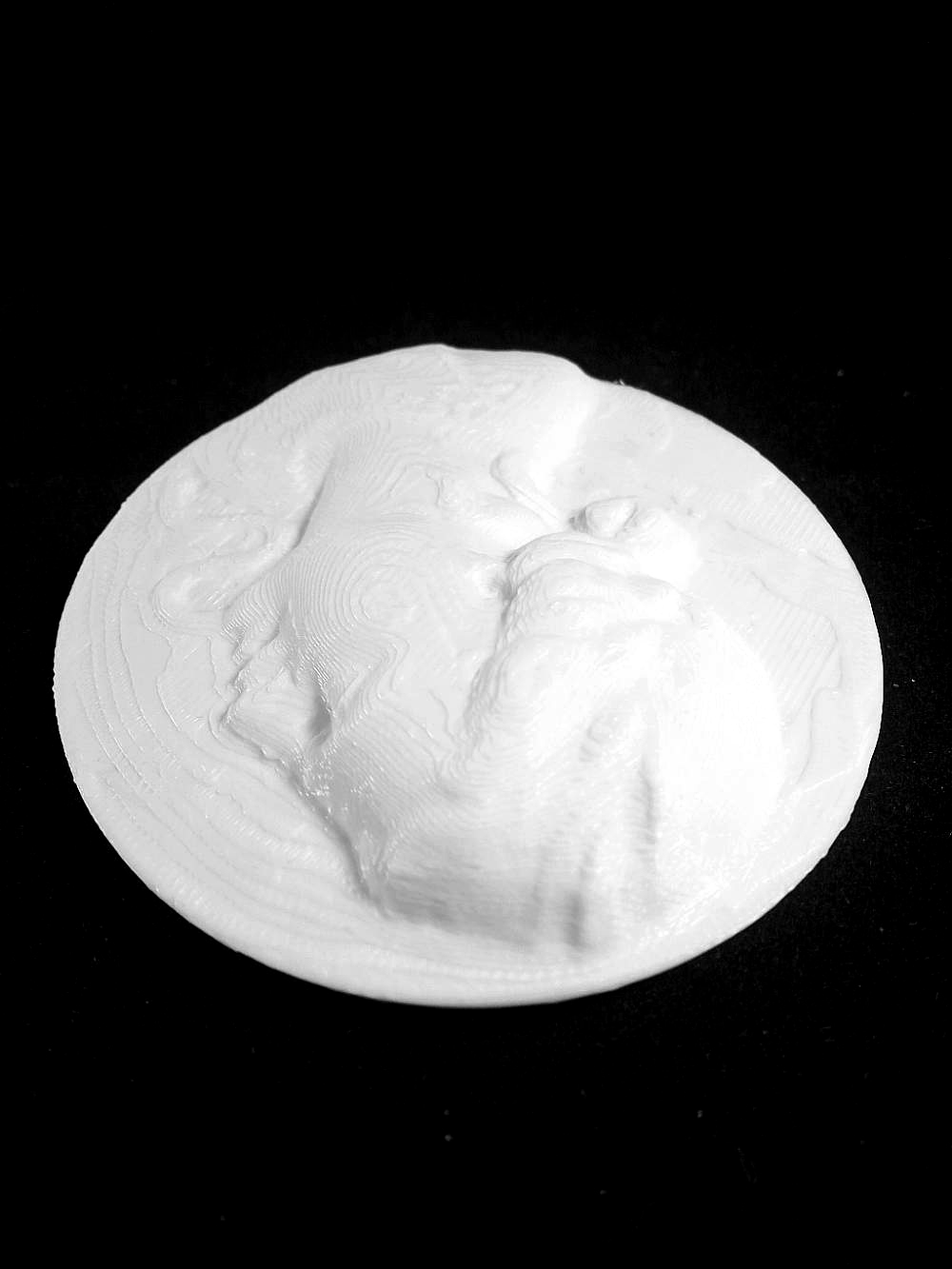
The Virtue of Prudence at The National Art Museum, Catalonia
myminifactory
Prudence was viewed by ancient Greeks and later Christian philosophers like Thomas Aquinas as the driving force, standard, and essence of all virtues. It's regarded as the auriga virtutum or charioteer of virtues. Prudence acts as a cause in that virtues, which are defined as the perfected ability of man as a spiritual person (spiritual personhood means possessing intelligence and free will), reach their perfection only when founded upon prudence, that is, the perfected ability to make correct decisions. For example, a person can live temperance by acquiring the habit of making right choices about actions in response to instinctual cravings. It functions as a guide, pointing out which course of action to take in specific circumstances. It has nothing to do with directly willing the good it discerns. Prudence possesses a directive capacity concerning other virtues. It illuminates the path and measures the arena for their exercise. Without prudence, bravery turns into recklessness; mercy sinks into weakness, and temperance into fanaticism. Its role is to determine in practice those circumstances of time, place, manner, etc., which should be observed, and which the Scholastics refer to as "medium rationis". It thus qualifies the intellect rather than the will, yet it's correctly described as a moral virtue. Prudence is considered the standard of moral virtues since it provides a model of ethically good actions. "The work of art is true and real by its correspondence with the pattern of its prototype in the mind of the artist. In similar fashion, the free activity of man is good by its correspondence with the pattern of prudence." (Josef Pieper) For example, a stockbroker using his experience and all available data decides it's beneficial to sell stock A at 2PM tomorrow and buy stock B today. The content of the decision (e.g., the stock, amount, time, and means) is the product of an act of prudence, while the actual carrying out of the decision may involve other virtues like fortitude (doing it in spite of fear of failure) and justice (doing his job well out of justice to his company and family). The actual act's goodness is measured against that original decision made through prudence. In Greek and Scholastic philosophy, "form" refers to a thing's specific characteristic that makes it what it is. With this language, prudence confers upon other virtues the form of its inner essence; that is, its specific character as a virtue. For example, not all acts of telling the truth are considered good, regarded as done with the virtue of honesty. What makes telling the truth a virtue is whether it's done with prudence.
With this file you will be able to print The Virtue of Prudence at The National Art Museum, Catalonia with your 3D printer. Click on the button and save the file on your computer to work, edit or customize your design. You can also find more 3D designs for printers on The Virtue of Prudence at The National Art Museum, Catalonia.
